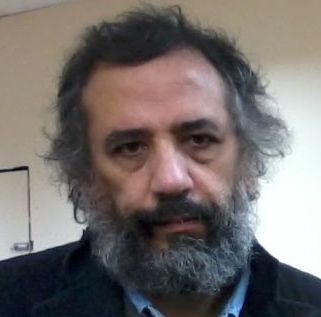

 VennerRoad, 13th May 2016
VennerRoad, 13th May 2016
How will the world feed the 9 billion plus projected for the not-so-distant future?

How aquaponics works.
Current projections for world population are that there will be well over 9 billion people on this planet by the year 2050. Although some of us won’;t be here to agonise over it, those who will be and those who are to come will have the problem of feeding them. Clearly we cannot continue the way we have been, so what are the options? Three suggestions are an increase in vegan food; aquaponics; and eating insects.
The first two were discussed in an earlier article, so let us consider the insect diet first. The first thought for most Westerners when this subject is raised is yuk! This is though a gut reaction – pun intended. Many of us eat honey without a second thought, yet honey is basically the vomit of bees. Many of us also eat prawns, while caviar is what exactly? And if caviar is too expensive for your tastes, how about cod roe?
There are already several companies in the UK that sell edible insects; they have enchanting names like Edible Unique and Crunchy Critters. As might be suspected, there are bigger operations in the US, but this is still very much a niche market, so while the products are tiny, the prices are not, but give it time.
Aquaponics is very much in the news and is likely to stay there; last month, one pundit opined that industrial scale aquaponics is now coming of age. To run a home aquaponics system needs a bit of space, but it can be done even if you have a small garden. It is also the cheapest of the new food sources, and let’;s face it, breeding your own colony of edible ants is taking the insect diet too far.
What purports to be the first peer-reviewed study of commercial aquaponics operations was published early last year. It makes heavy reading, but if academics are beginning to take an interest in it, that bodes well for its future.
Which brings us to what might be called the large scale alternative, a totally plant based diet. Vegetarians and vegans have been trying to bend our ears for decades by extolling the virtues of a diet totally devoid of meat, dairy products and even eggs, but meat eater turned vegan Barry Honeycombe has found a way to have his cake and eat it, or rather to not have his meat but eat it. His range of blended wheat proteins taste just like the real thing – wheat-meat. Not just like the real thing but so like it that you wouldn’;t think one of his burgers was anything special, unless and until you are told you’;re not eating meat.
His company More Than Meat is still operating on a small scale out of South London, but the potential for these revolutionary products is enormous. Is anyone else doing anything similar? Yes, Yves Vegan Cuisine has been around since 1985. Founded by chef Yves Potvin, this company is now owned by the Hain Celestial Group; he sold it in 2001, but rather than retire he has continued working in the same vein, and ten years ago founded Gardein.
In spite of his commercial success, and other vegan ventures, it will be a long time yet before the world is ready to turn vegan. In the meantime though, with the era of manufactured austerity, it might not be a bad idea for national and local governments to fund start up aquaponics projects for community based groups. This is already happening in some places after a fashion and on a small scale. It needs to be extended, because with the proper approach, aquaponics could change the shape of food production, if not the world.
To Wikinut Articles Page